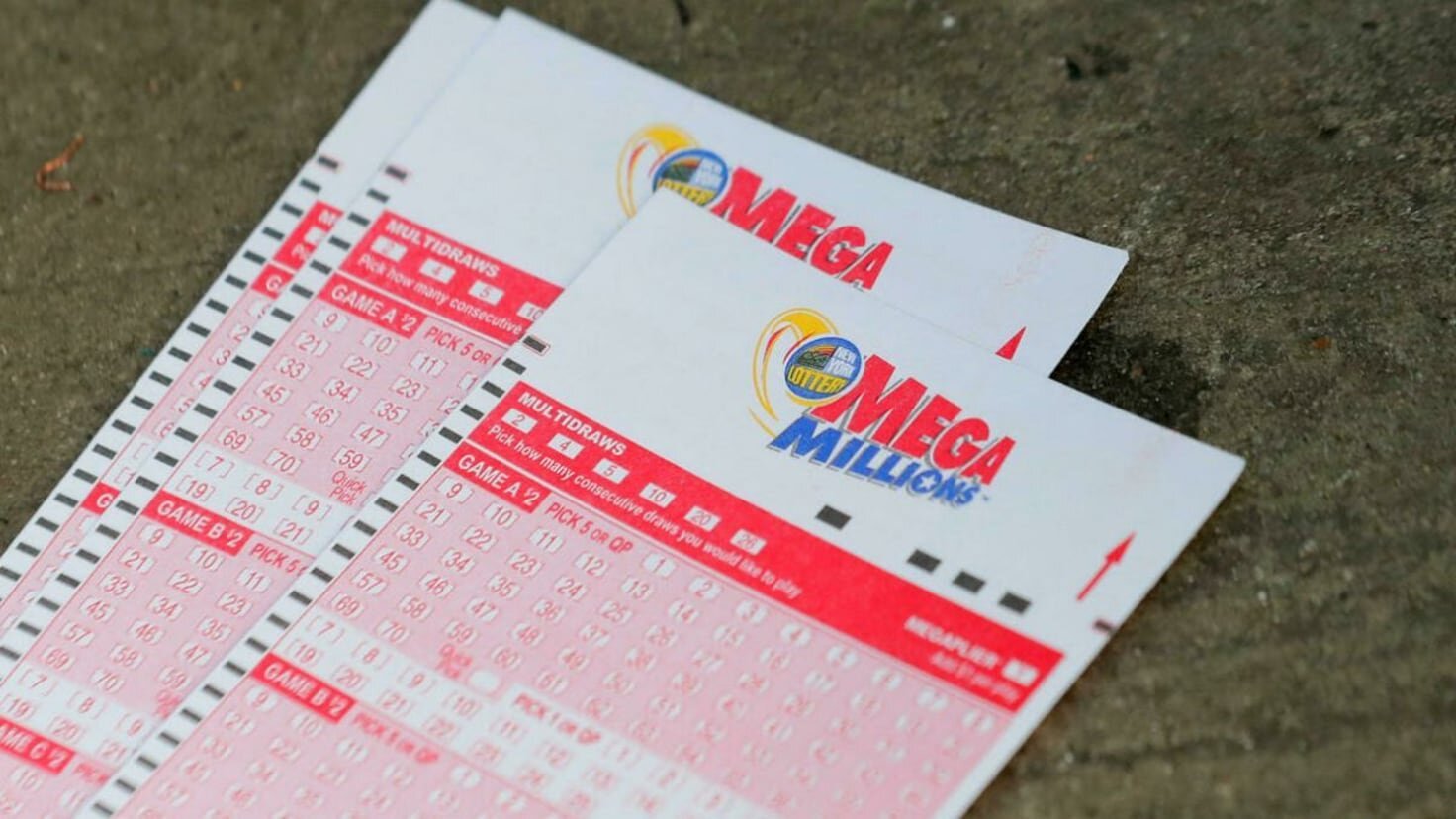Essentials of Mapping and Routing Uber App Clone

Mapping and navigation are essential components of any ride-hailing or transportation app like Uber. In this article, we will cover the key aspects you need to implement robust mapping and routing functionality within your own Uber clone app.
We’ll go over 9 essential topics including integrating mapping SDKs, geocoding, real-time trip tracking, route optimization, navigation, and more. By the end, you’ll have a solid understanding of how to create an optimized user experience for drivers and riders within your own map-based transportation app.
Essential 1 – Integrating a Maps SDK
The first step is selecting and integrating a mobile maps SDK (Software Development Kit) into your app. The major options include:
Google Maps: The most full-featured option with great navigation support. Requires an API key and has usage limits.
Apple Maps: The default map on iOS. Integrates seamlessly but has fewer customization options than Google Maps.
Mapbox: Highly customizable and open source. Has paid tiers for more usage. Works on both iOS and Android.
When choosing a SDK, consider factors like license costs, customization abilities, real-time routing support, indoor mapping, traffic data, geocoding capabilities and technical documentation/support. Try the free tiers of multiple options to compare features.
To integrate the SDK, follow each provider’s documentation to initialize the map view, set API keys and basic display options. Make sure to adhere to each service’s usage policies and attribution requirements in your app.
For a polished Uber clone, Google Maps is generally the top choice due to its greater functionality. But Mapbox or Apple Maps may still provide an excellent experience depending on your needs and budget.
Essential 2 – Geocoding and Reverse Geocoding
Geocoding is the process of converting human-readable addresses into geographic coordinates like latitude and longitude that can be plotted on a map. Reverse geocoding does the opposite by deriving an address from a lat/long.
This allows functionality like:
- Translating rider pickup/dropoff addresses to map points
- Identifying the addresses of nearby driver locations
- Searching for points of interest by address
All major maps SDKs provide client-side geocoding/reverse geocoding capabilities.
Essential 3 – Plotting Multiple Locations on a Map
Once you have user addresses converted to map coordinates, the next step is displaying those points appropriately on the map. This involves:
- Plotting rider and available driver locations concurrently
- Showing the pins, icons or markers for each type of location
- Clustering nearby points to avoid overloading the map
- Distinguishing types through custom styling like colors
Essential 4 – Distance and Duration Calculations
A core part of ride-sharing is estimating trip durations and costs upfront. To do this, you need to calculate:
- The distance between any two points on the map
- Estimated travel time between those points
For distance, all map services provide methods to derive the distance in meters between latitude/longitude coordinates.
To estimate travel times, you’ll need data on average speeds on different road types and the ability to retrieve multiple potential routes between points using a routing API. Checkout: https://zipprr.com/uber-clone/
Essential 5 – Route Optimization
For multi-passenger bookings, you need algorithms to find optimal routes that service all pickups and drop-offs efficiently while minimizing drivers’ unpaid time and mileage.
This is known as a Vehicle Routing Problem (VRP) in logistics and involves:
- Finding the shortest Hamiltonian path that visits all required stops
- Balancing multiple objectives like duration, distance and constraints
- Applying techniques like savings algorithms, TSP solvers and others
Luckily, map providers expose routing APIs you can leverage:
- Google Maps Directions API supports route waypoints and alternatives
- Mapbox Router supports multi-stop routing optimization
- HERE Routing API solves complex multi-vehicle routing
You can also build custom solvers on top of these APIs. For live trip coordination, continuously reroute drivers as new bookings are added.
Focus on smoothing routes and reducing unnecessary detours so drivers can complete trips conveniently while lowering costs for your business.
Essential 6 – Real-time Trip Tracking
Displaying the current location of drivers and riders during a trip live on the map is core functionality for passengers. This involves:
- Retrieving frequent location updates from devices
- Animating markers along the planned and actual routes
- Updating ETA displays progressively
- Accounting for route deviations or traffic delays
Techniques like regular geofence monitoring, socket connections or background services allow fetching driver/passenger coordinates every few seconds.
Plot each update as a new marker position and smoothly join them to simulate movement. This creates a realistic sense of the actual trip unfolding.
Add logic to recalculate trip times if routes aren’t followed directly or conditions change like unexpected delays. Communicate updates transparently to maintain trust with users.
Real-time tracking improves the rider experience through visibility and peace of mind during journeys.
Essential 7 – Navigation Integration
To make pickup/dropoff as seamless as possible, your delivery app should support turn-by-turn navigation guidance to and from locations. Options include:
- Interfacing with built-in navigation apps via app links/intents
- Embedding a basic custom navigation display within your maps
- Leveraging navigation SDKs from Google Maps or Mapbox
Essential 8 – Drop-off/Pickup Spot Prediction
For rider convenience, automatically suggest optimal Spot locations near the destination address based on context like:
- Historical data – Popular spots from past trips
- Address metadata – Places like building entrances
- Safety – Well-lit areas away from roads
- Logistics – Enough space for pickup/dropoff
Essential 9 – Map Customizations
Customizing basic design properties like colors, markers and controls allows creating branded map experiences unique to your service. Consider:
- Customizable map styles using Mapbox GL Style Specification
- Theming colors, fonts and graphical assets
- Interactive markers, animations and overlays
- Additional controls for layers, filters and more
Conclusion
To properly power core trip planning and navigation features within your own Uber-style transportation app, implementing robust mapping capabilities is key. By following the essential topics covered here – from integrating maps SDKs to optimizing routes and enabling live tracking – you can deliver polished location-based functionality that enhances the user experience. With the right mapping strategies, your app clone can successfully compete in the on-demand mobility market.



